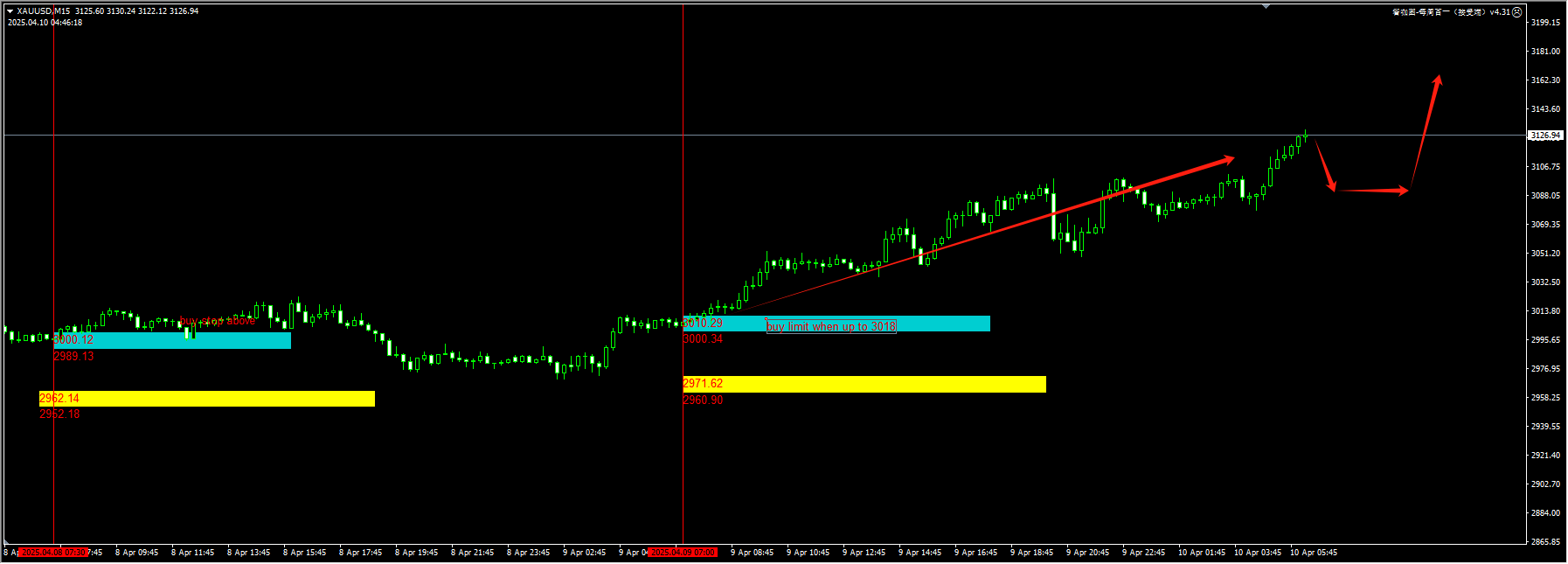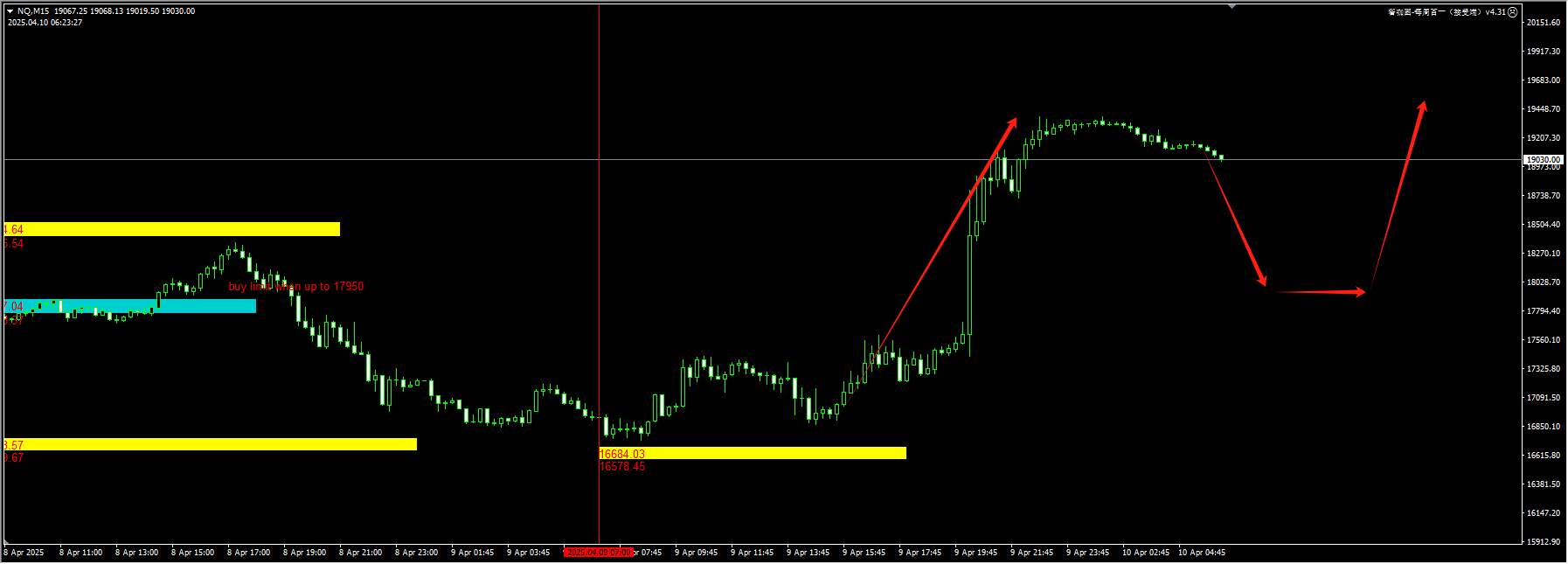The turmoil in the US Treasury market has sent bond markets from Australia to Japan into sharp fluctuations, forcing traders to start worrying that the volatility brought about by the trade war has only just begun.
On Thursday, Australia’s three-year bond yield soared, posting its biggest gain since September 2022, reflecting a reversal in US Treasury yields after US President Donald Trump unexpectedly suspended most tariffs. New Zealand’s two-year bond yield rose 9 basis points, while Japan’s benchmark 10-year bond yield climbed 13 basis points to 1.40%.
The US Treasury bond market is the world’s largest bond market. Its turbulence could lead to global market volatility as traders shift their bets to other asset classes and reprice risks. In the past 24 hours, the yield on 30-year US Treasury bonds soared in the Asian market due to concerns over Trump’s trade war, but ended the day with little change. This situation has persisted.
The yield on the 10-year US Treasury note, which rose by 22 basis points on Wednesday, dropped by 8 basis points in the Asian session to 4.26%. The two-year Treasury yield, one of the most sensitive indicators to expectations of Federal Reserve policy, rose by 30 basis points in the previous trading session but ultimately fell by 3 basis points to 3.87%.
On Thursday, traders woke up from Sydney to Singapore to find that the selling pressure on global bonds had returned as investors weighed how Trump’s intermittent tariffs would upend inflation expectations and trade.
“This unstable period will continue for the next few weeks,” said Tsutomu Soma, a bond trader at Monex Inc. in Tokyo. “No one knows what form these tariffs will ultimately take, and everyone is trading based on U.S. yields – so there could be more chaos ahead. Be prepared.”
“The biggest concern is the erosion of confidence in the US bond market,” said Leonard Kwan, a fund manager at T. Rowe Price in Hong Kong. “A lot of what we do and many aspects of global financial markets historically have relied on the US Treasury market as a benchmark.”
Japan’s top monetary official said that the tariff measures introduced by US President Donald Trump have shaken global financial markets and he is closely monitoring the foreign exchange market.
“I saw sharp fluctuations,” said Jun Mitsuura, vice minister of finance for international affairs, after an emergency meeting with officials from the Bank of Japan and the Financial Services Agency. “We will continue to monitor market trends with a sense of urgency,” he added, referring to markets other than the currency market.
Meanwhile, against the backdrop of a widespread sell-off in global debt markets, Japanese government bond yields soared on Wednesday, with the 10-year yield jumping 10 basis points to 1.355%. Earlier in the day, the yen rose more than 1% against the US dollar before giving up some of its gains.
Miyamura restated the government’s demand for Japan to be exempted from additional tariffs and expressed his hope that Finance Minister Katsunobu Kato and US Treasury Secretary Steven Mnuchin would hold talks as soon as possible.
Trump’s sweeping measures, including imposing a 104% tariff on Chinese goods, took effect at 12:01 a.m. (Washington time) on Wednesday, pushing tariffs to their highest level in a century. In addition to the 25% tariff already imposed on automobiles, Japanese exports were also subject to a 24% tariff. Last month, Trump also criticized China and Japan, claiming that the monetary policies of these two countries were unfavorable to the United States.
On Wednesday, Sanmu had a conversation with Nakamura Koji, an executive director of the Bank of Japan, and Ito Hideki, a commissioner of the Financial Services Agency of Japan.
Bank of Japan Governor Kikuo Iwata said earlier on the same day that policymakers are not in a hurry to adjust policies and will monitor the changing impact of tariffs.
Ueda said in parliament: “Our position is to appropriately implement our policies by carefully assessing the remaining uncertainties surrounding tariffs and monitoring the economy, inflation and financial markets when shaping the outlook.”
Economists have downgraded their expectations that the Bank of Japan will continue to normalize its policy and raise interest rates further this year. Before the rate hike announcement, some had predicted that the Bank of Japan might raise interest rates as early as May 1.
Technical analysis:
Gold: After breaking through the blue momentum zone indicated by our plugin yesterday, the price has soared above 3100. The trend has returned to an upward trajectory. We suggest maintaining an aggressive buy-on-dips strategy for the day, with key areas to watch at 3080/90 and 3050. For detailed positions, please refer to the plugin.

(Gold 15-minute chart)
The plugin is updated from 12:00 to 13:00 every trading day. If you want to experience the same plugin as shown in the chart, please contact V: Hana-fgfg.
Nasdaq: Originally, it was hoped that the price would hit a new low before rebounding and rising, but it only dropped to around 16,840 before launching a major counterattack. The structure breakthrough over the past three trading days indicates that if there is a pullback for confirmation within the day, it should be prioritized to attempt a long position buy. For detailed positions, please consult the plugin.

(NASDAQ 15-minute chart)
The plugin is updated from 12:00 to 13:00 every trading day. If you want to experience the same plugin as shown in the chart, please contact V: Hana-fgfg.
Crude oil: As Trump’s comprehensive tariffs are rolled out, market concerns over a US economic recession have intensified. If the latter were to occur, it would affect the total demand for crude oil. Therefore, the price has begun to seek support downward. Currently, the trend on the 4-hour chart is still under downward pressure, and bulls should observe appropriately. In the short term, it may continue to maintain a volatile and slightly downward trend. For detailed positions, please consult the plugin.

(Crude Oil 15-Minute Chart)
The plugin is updated from 12:00 to 13:00 every trading day. If you want to experience the same plugin as shown in the picture, please contact V:Hana-fgfg.
Today’s key financial data and events to focus on:
20:30 U.S. Core CPI (YoY), Unadjusted, March
20:30 U.S. Seasonally Adjusted Initial Jobless Claims (in thousands) (to 0405)
At 20:30, the President of the Federal Reserve Bank of Richmond, Thomas Barkin, will deliver a speech titled “Navigating Through Economic Fog” at a summit and participate in a Q&A session.
At 22:00, President Schmitt of the Federal Reserve Bank of Kansas City will deliver a speech on the economy and monetary policy.

